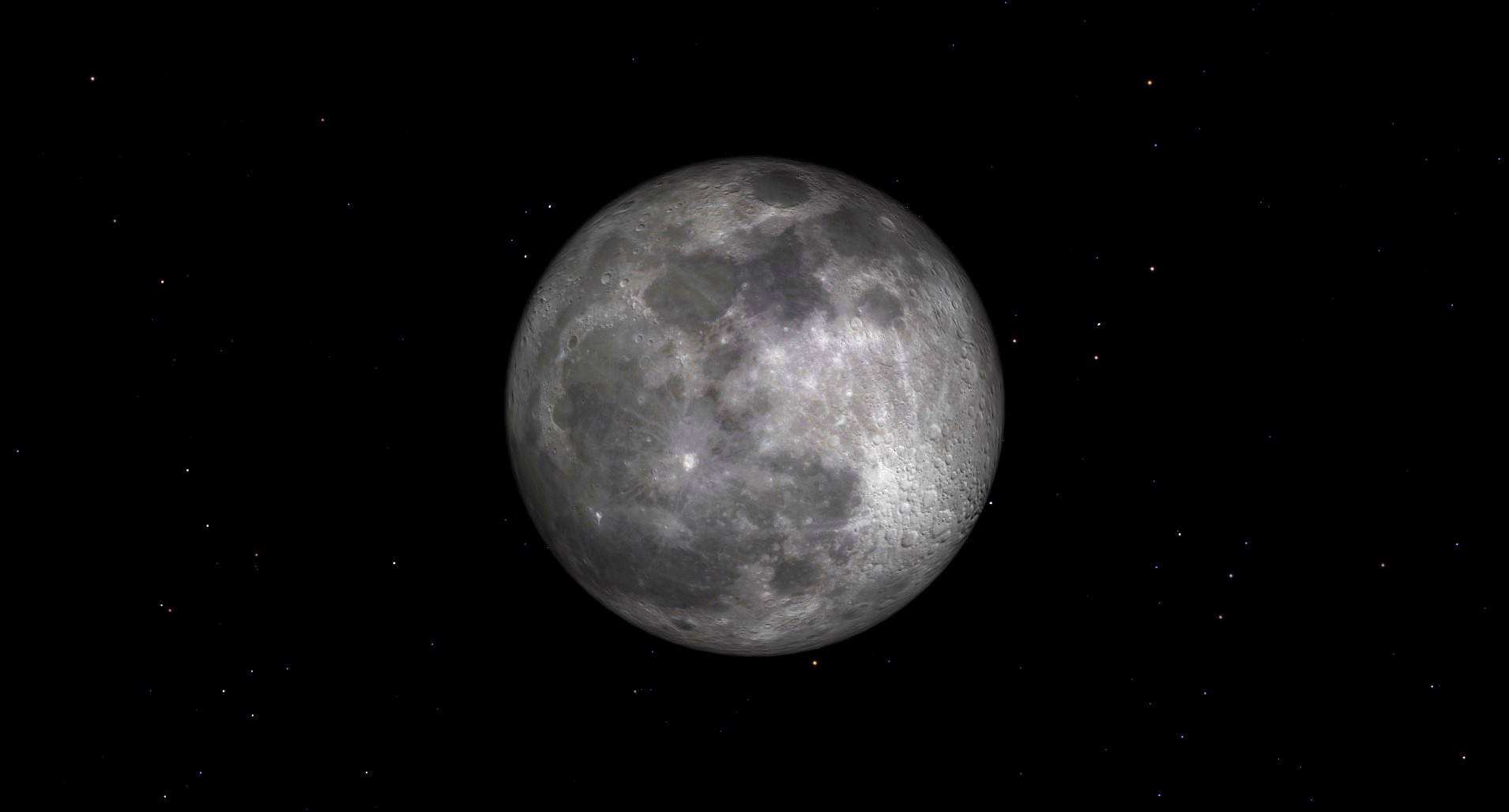Watch the Full Pink Moon 2024 bloom in the night sky tonight
Look to the east just after sunset to see the moon begin to cross the sky.

The Full Pink Moon of 2024 rises tonight.
Look to the east shortly after sunset to see the full moon rise above the horizon. The moon will be in the Virgo constellation, and will have most of the night to enjoy the night sky by itself while the planets are situated on the other side of Earth. That's great news for skywatchers because the full moon's brightness makes spotting other cosmic targets quite difficult when they are indeed above us; tonight, however, those targets won't even be an option. It's a night to focus solely on the moon.
The exact time of the full moon, which will take shape when the moon is exactly 180 degrees opposite the sun in the sky, will occur around 7:49 pm. EDT (2349 GMT). Still, the moon will appear "full" to the unaided eye throughout the whole night. It will set in the west shortly before 7 a.m. local time.
Related: April full moon 2024: The Pink Moon joins Mars and Saturn in the night sky
Read more: Full moon calendar 2023: When to see the next full moon

Looking for a telescope to observe the features of the full moon up close? We recommend the Celestron Astro Fi 102 as the top pick in our best beginner's telescope guide. Don't forget a moon filter!
Saturn and Mars will rise in the east around two hours prior to sunrise, although they will be just a few degrees above the horizon — making finding them a tricky feat for some locations.
Unfortunately, the peak of the Lyrid meteor shower also happens to coincide with the full moon this year, making this a bad year for Lyrid-lovers. When moonwatching, you might be able to catch sight of a bright Lyrid or two, but don't expect much. Even on a good day, this isn't the most productive meteor shower to begin with.
The name of April's Full Pink Moon is believed to come a pink flower known as the ground phlox, which commonly blooms in North America around this time. Other names for the celestial event include the Sprouting Grass Moon, Egg Moon and Fish Moon.
Get the Space.com Newsletter
Breaking space news, the latest updates on rocket launches, skywatching events and more!
Hoping to snap a good photo of the Full Pink Moon or the lunar surface at any other time? Our guide on how to photograph the moon is always helpful if you need a few tips. And you're looking for a camera, here's our overview on the best cameras for astrophotography and best lenses for astrophotography.
As always, our guides for the best telescopes and best binoculars can help you prepare for the next full moon or any other skywatching event.
Editor's note: If you get an amazing photo of April's Full Pink Moon you'd like to share for a possible story or image gallery, you can send images and comments in to spacephotos@futurenet.com.
Join our Space Forums to keep talking space on the latest missions, night sky and more! And if you have a news tip, correction or comment, let us know at: community@space.com.

Brett is curious about emerging aerospace technologies, alternative launch concepts, military space developments and uncrewed aircraft systems. Brett's work has appeared on Scientific American, The War Zone, Popular Science, the History Channel, Science Discovery and more. Brett has English degrees from Clemson University and the University of North Carolina at Charlotte. In his free time, Brett enjoys skywatching throughout the dark skies of the Appalachian mountains.
-
rod "That's great news for skywatchers because the full moon's brightness makes spotting other cosmic targets quite difficult when they are indeed above us; tonight, however, those targets won't even be an option. It's a night to focus solely on the moon."Reply
Last night where I live in MD, the nearly full Moon was up in a clear sky with cool temperatures. No lights where I am at, just moonlight flooding the fields, pastures, and woods. No telescope observations, moonlight fills the night sky, lovely to see but difficult to view faint objects as reported here. -
Wolfshadw Always enjoyed seeing my shadow via the light of a full moon. Difficult if there's too much light pollution, as with my current situation, but as a kid, living out among the cornfields of MN, pretty easy.Reply
-Wolf sends -
rod Wolfshadw, yes it is very lovely to see your shadow or shadow of trees by moonlight over fields and pastures. Glad you could experience that in life. Last October I was up in Balsam lake, WI and Shafer MN (very large barn and farm area and fields). Very dark skies up there, I could see the Milky Way easily running from Cassiopeia thru Cygnus and into Sagittarius. Great dark sky in remote and very rural areas of MN.Reply









